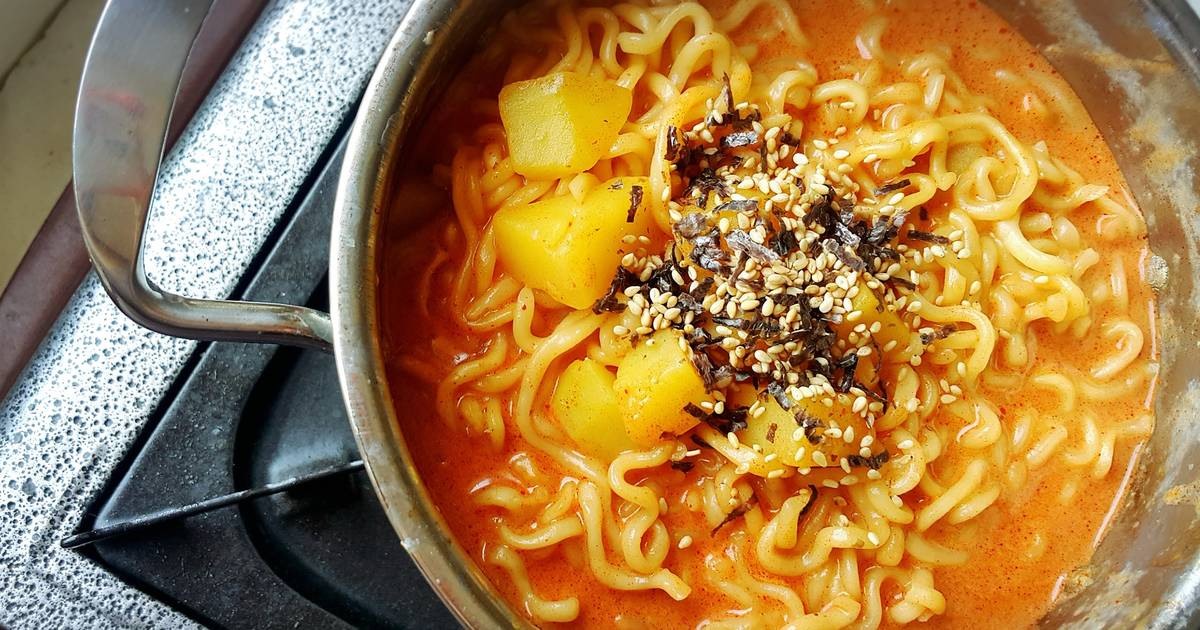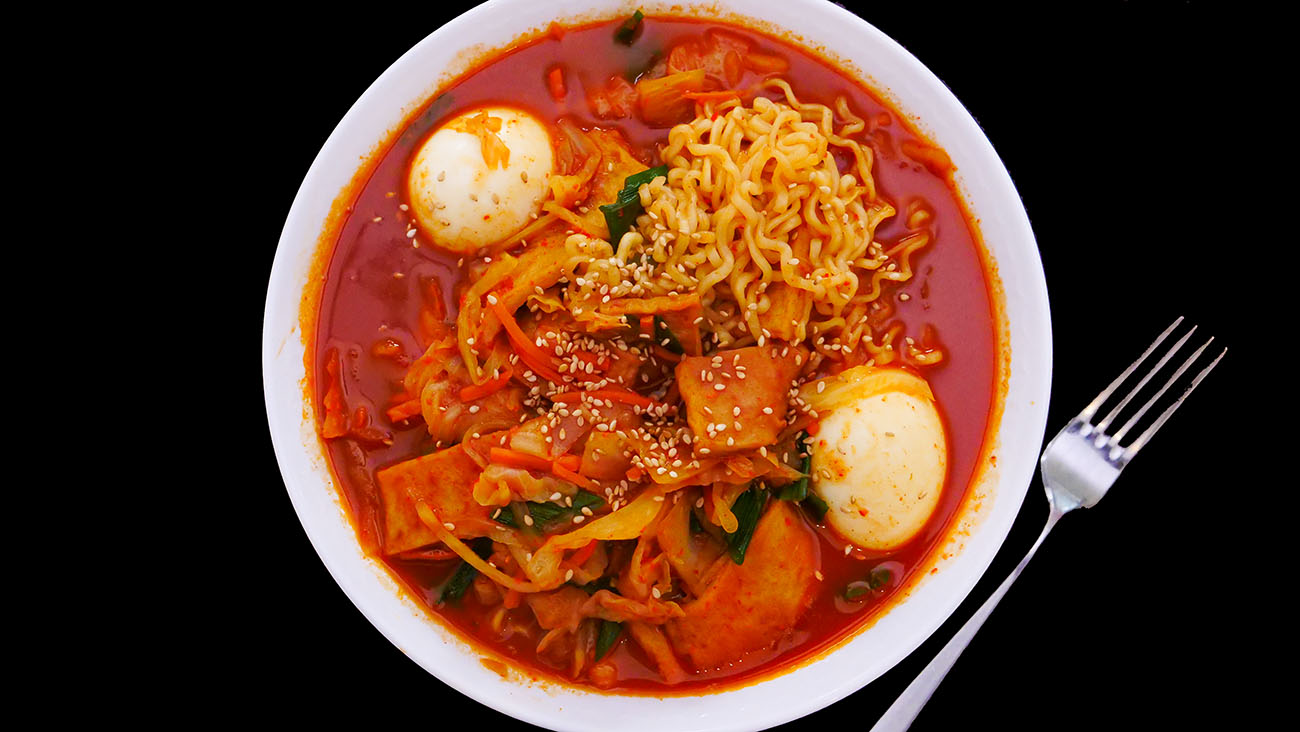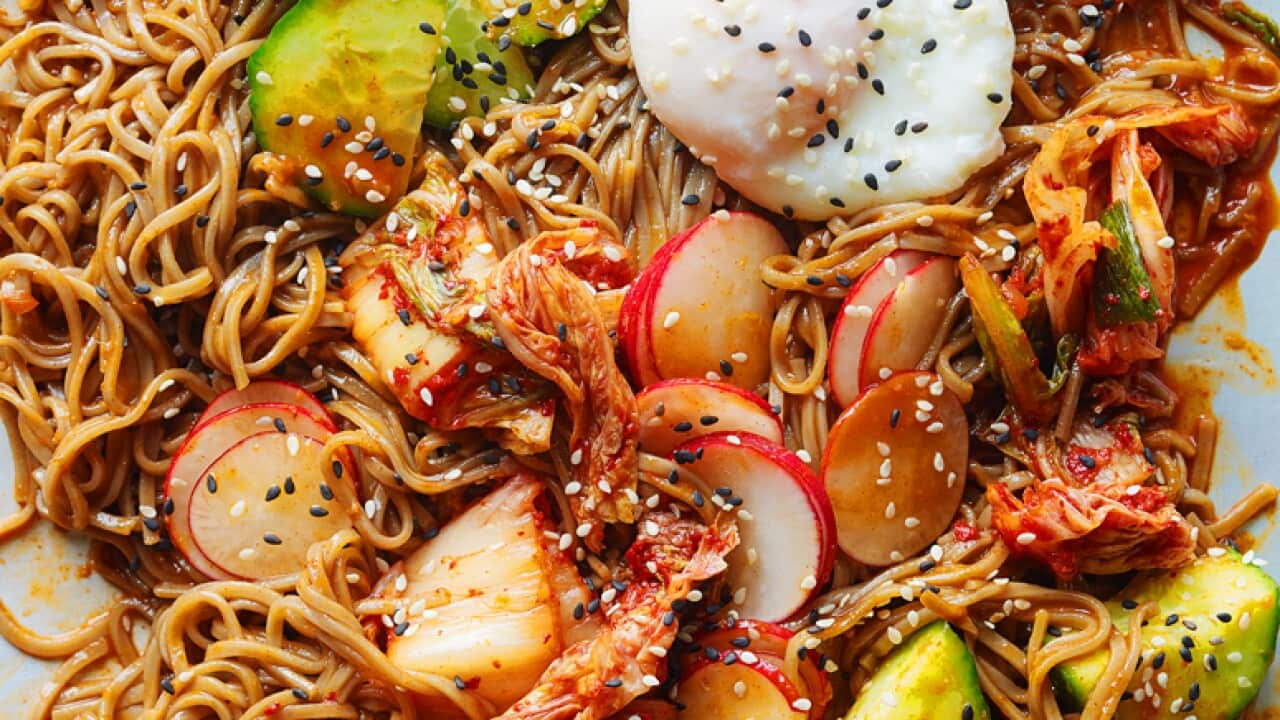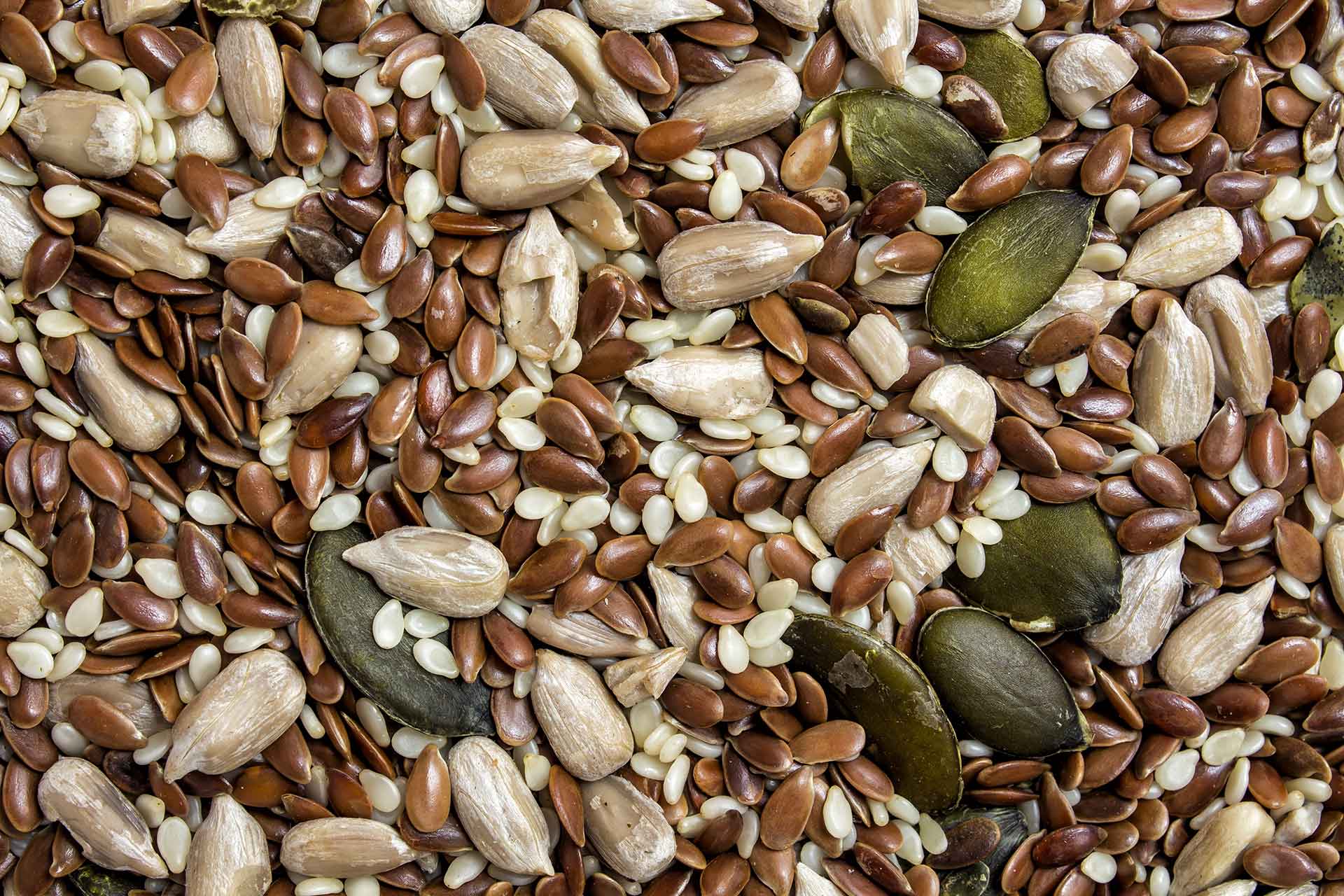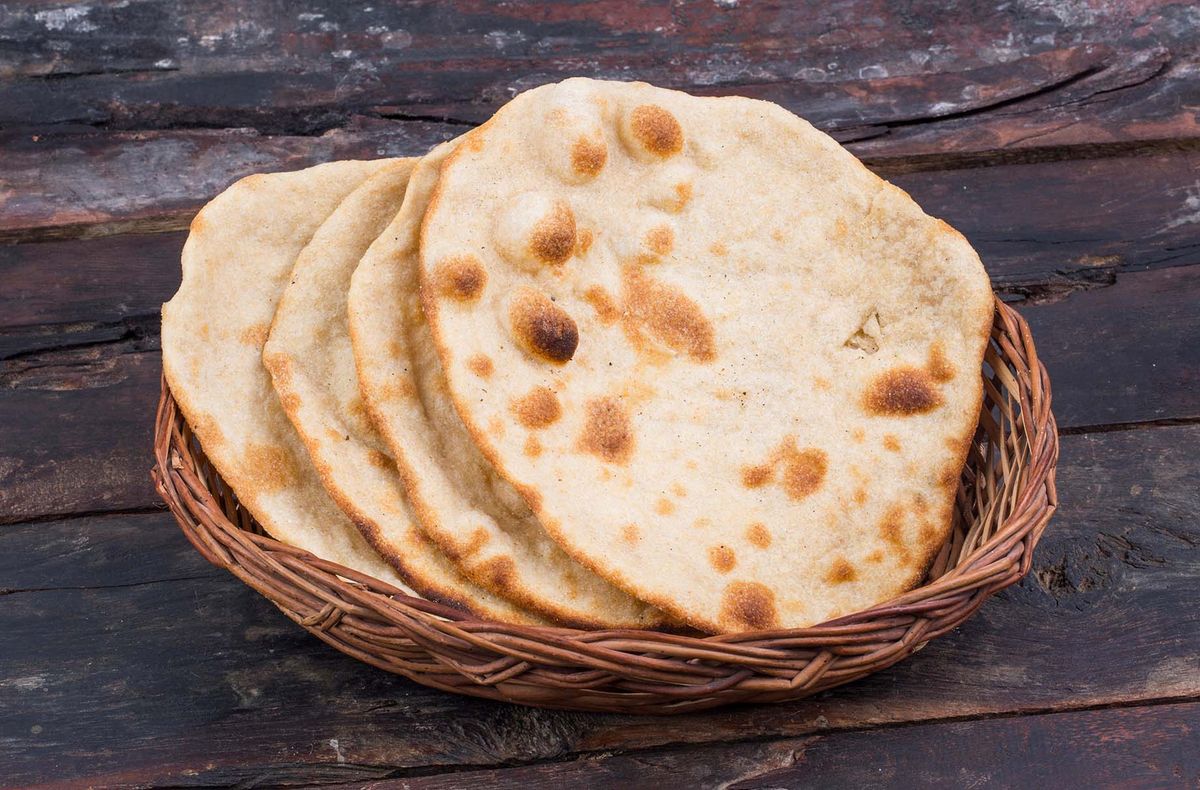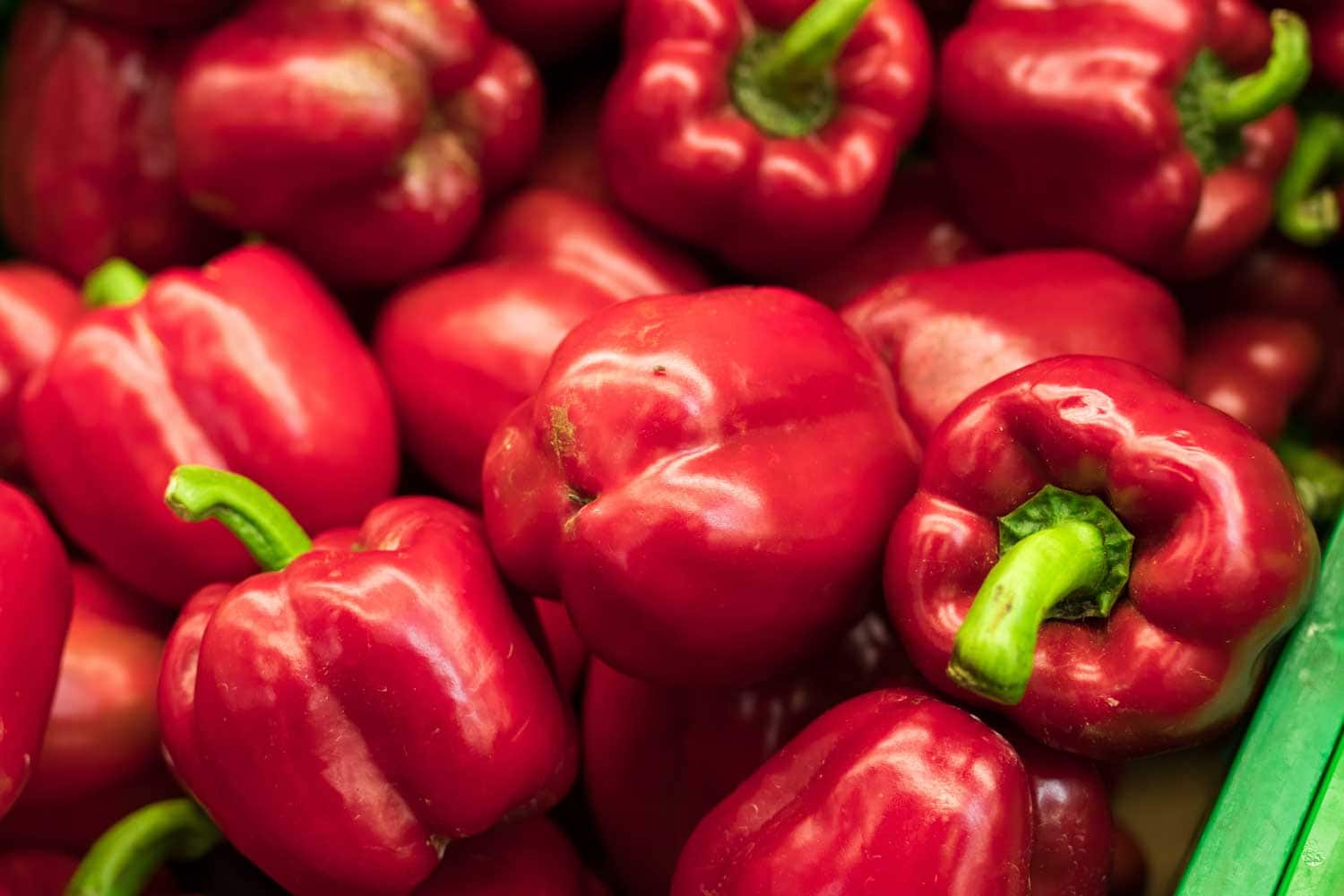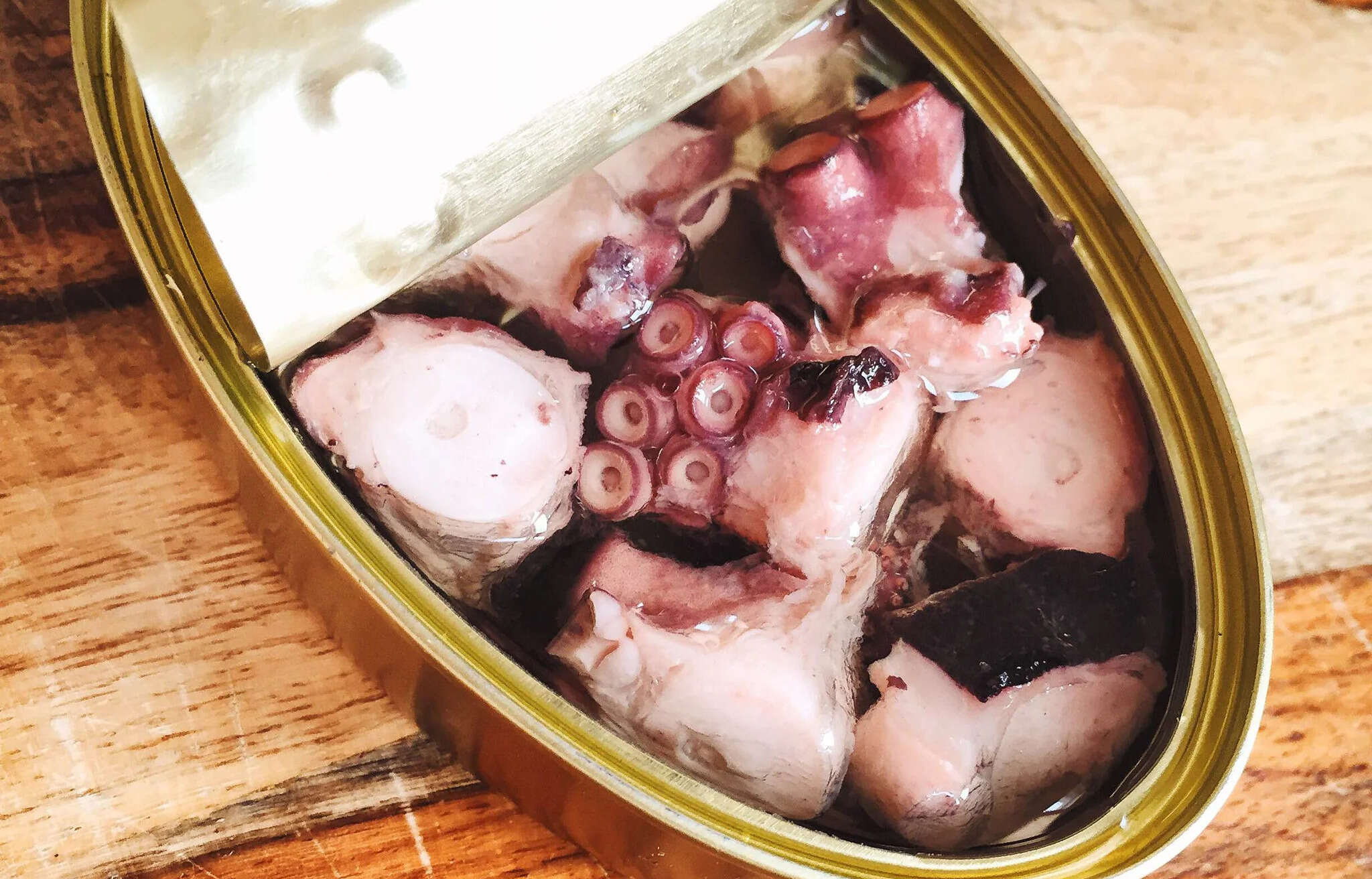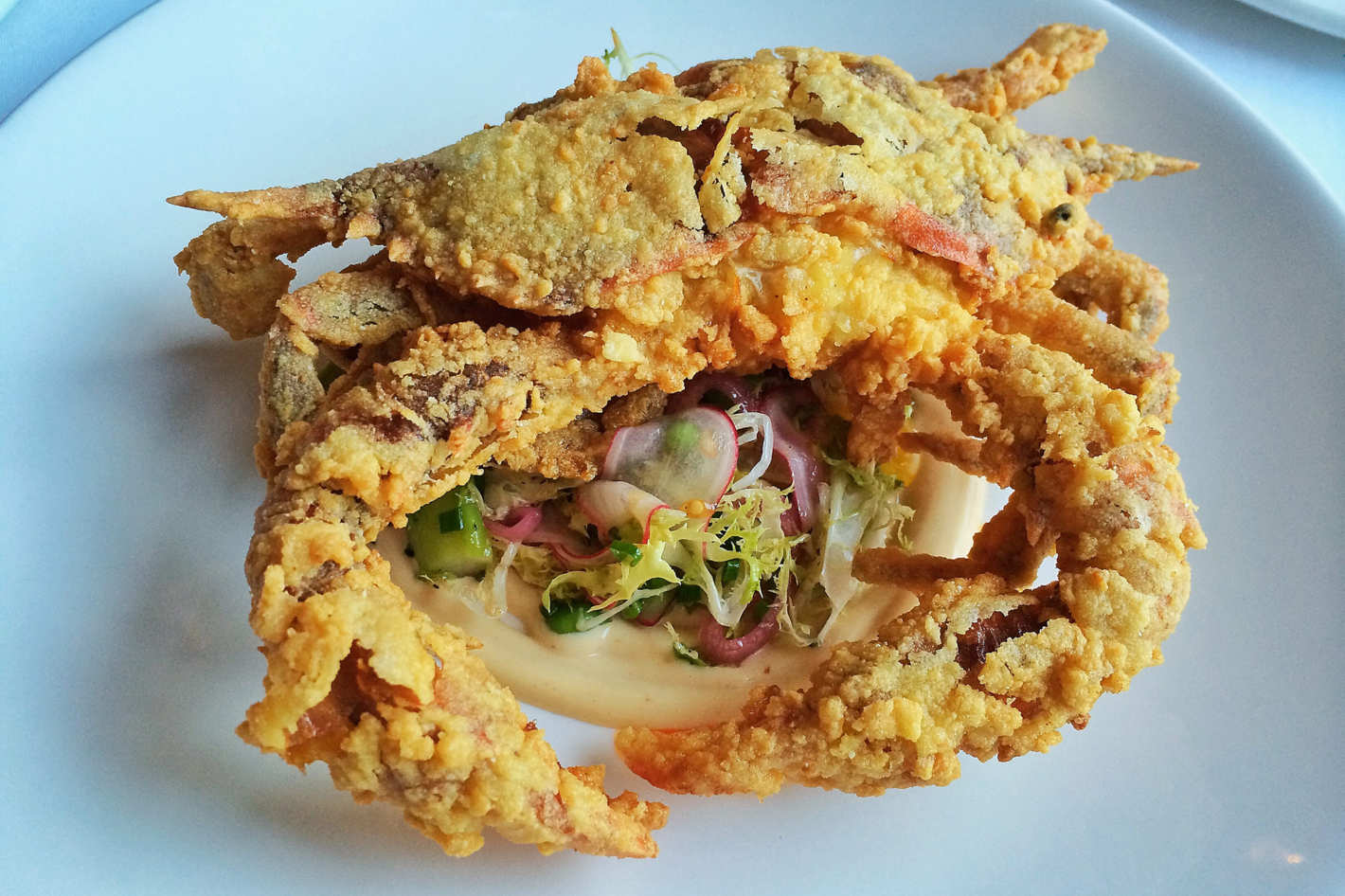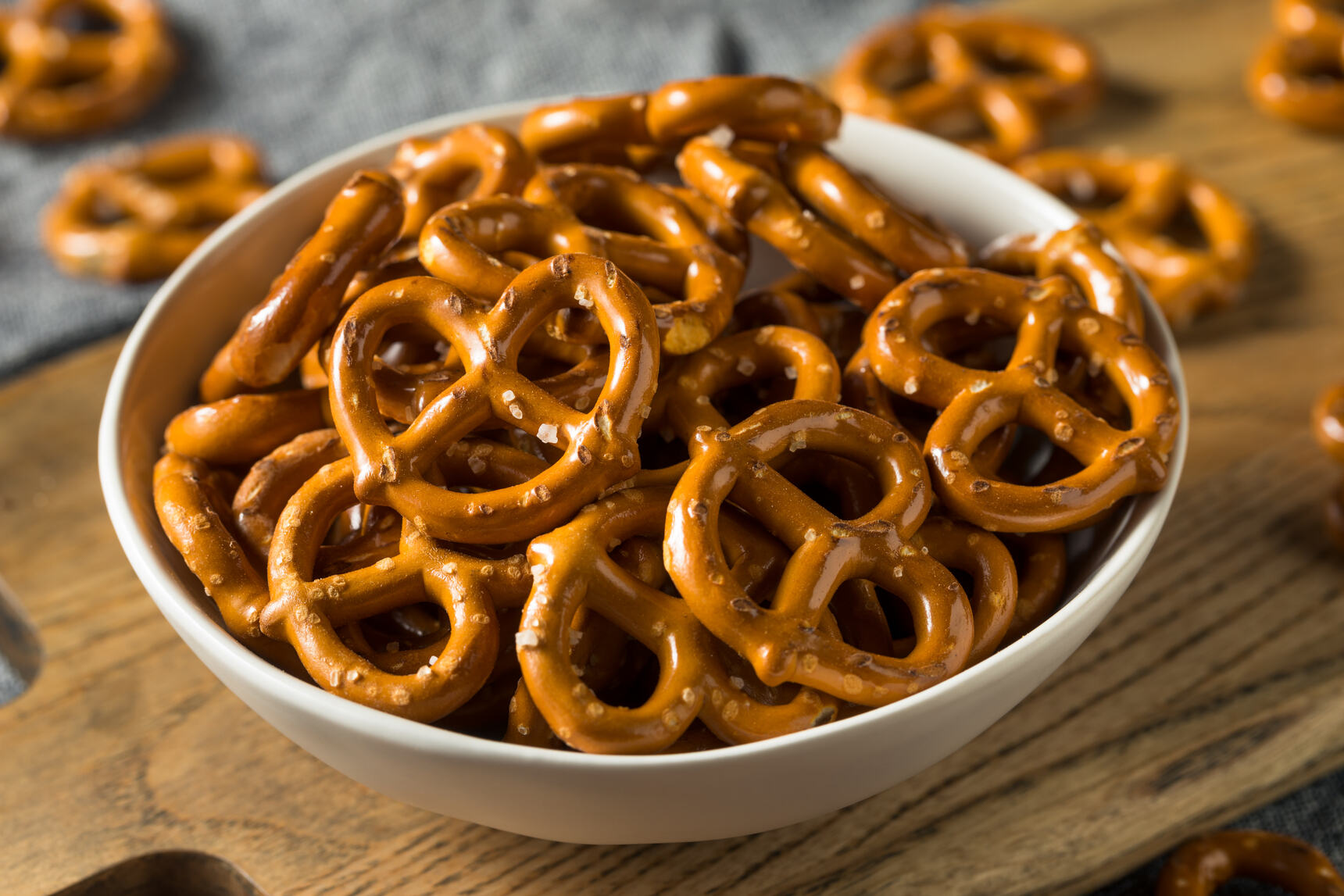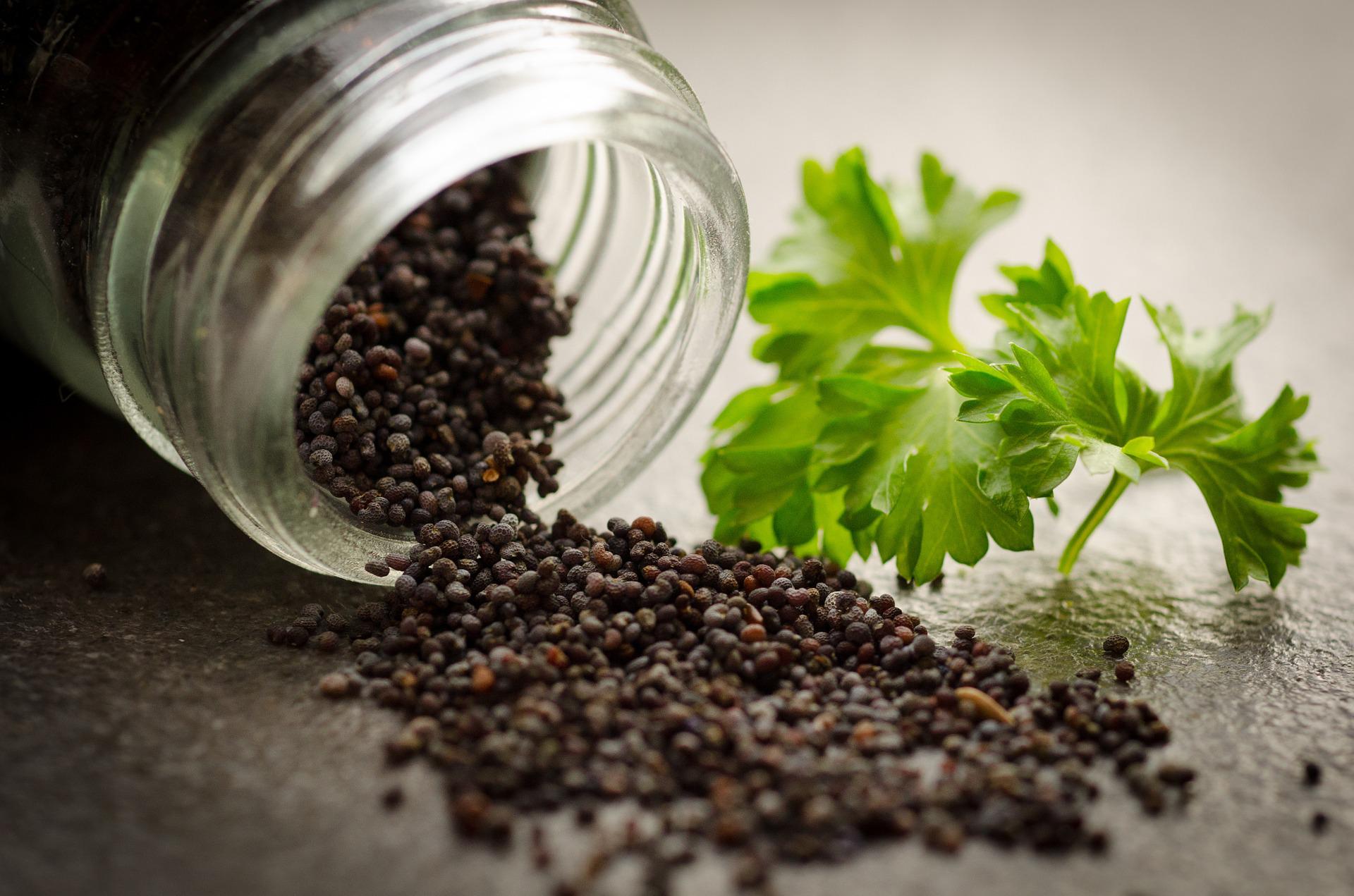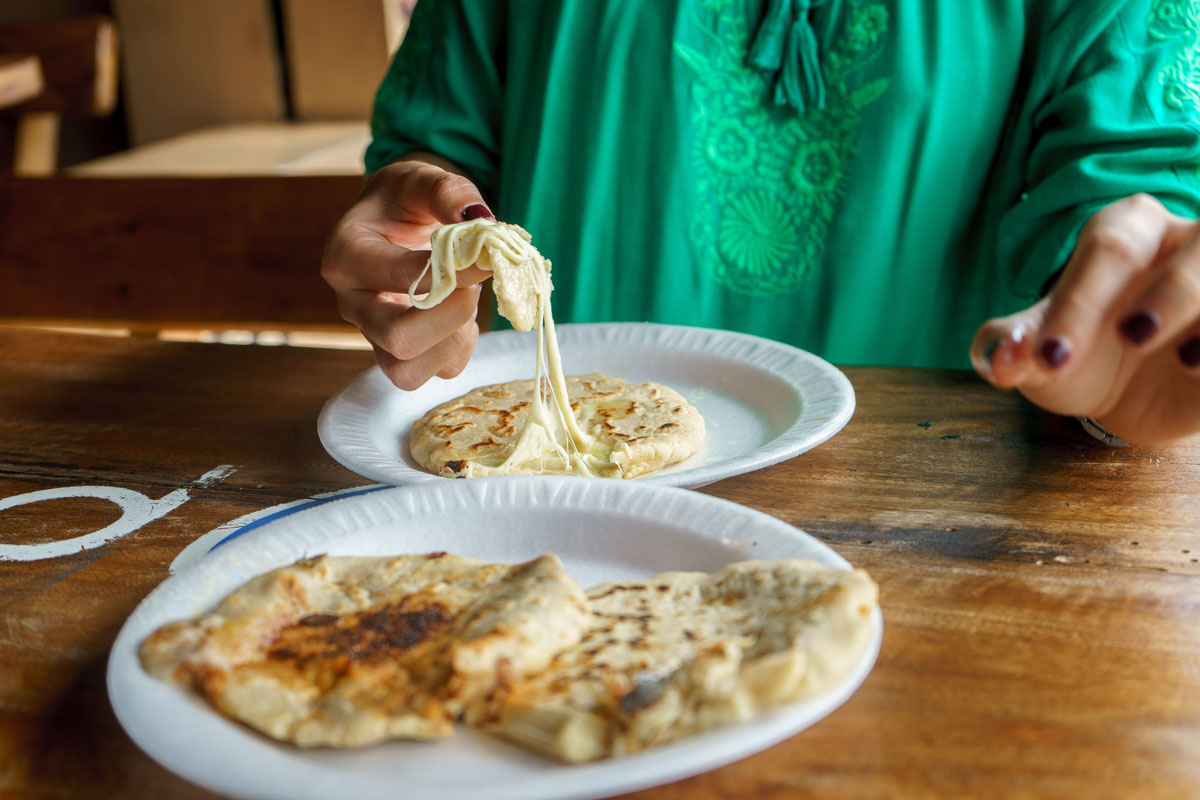Enjoying Samyang Cold Spicy Noodles
Welcome to the world of Samyang Cold Spicy Noodles! If you’re a fan of spicy food, you’re in for a treat. These noodles are known for their fiery kick and delicious flavor. Whether you’re a first-time eater or a seasoned spice lover, here are some tips on how to enjoy Samyang Cold Spicy Noodles to the fullest.
Preparation
Before you dig into your Samyang Cold Spicy Noodles, it’s important to prepare them properly. Here’s how:
- Boil the noodles according to the instructions on the package.
- Once cooked, drain the noodles and rinse them with cold water to stop the cooking process.
- Drain the noodles thoroughly to ensure they are not too watery.
Adding Flavor
Now that your noodles are ready, it’s time to add some flavor. Samyang Cold Spicy Noodles often come with a packet of seasoning to enhance the taste. Here’s how to make the most of it:
- Open the seasoning packet and sprinkle it over the drained noodles.
- Use a pair of chopsticks to mix the seasoning evenly into the noodles.
- For an extra kick, consider adding some freshly chopped green onions or a squeeze of lime juice.
Pairing with Sides
While Samyang Cold Spicy Noodles are delicious on their own, they can also be paired with a variety of sides to create a more substantial meal. Here are some ideas:
- Kimchi: The tangy and spicy flavors of kimchi complement the heat of the noodles perfectly.
- Fried Egg: Top your noodles with a fried egg for a rich and creamy addition.
- Vegetables: Stir-fried vegetables such as bell peppers, carrots, and snap peas can add color and crunch to your meal.
Handling the Heat
It’s no secret that Samyang Cold Spicy Noodles pack a punch when it comes to heat. If you find the spiciness to be overwhelming, here are some tips for handling the heat:
- Have a glass of cold milk or a dollop of yogurt on hand to help soothe the burn.
- Take small bites and savor the flavors rather than rushing through your meal.
- Consider adding a spoonful of sugar to help balance out the spiciness.
Enjoying the Experience
Lastly, remember to enjoy the experience of eating Samyang Cold Spicy Noodles. Take your time to appreciate the flavors and the heat, and don’t be afraid to embrace the spice!
Whether you’re a spice enthusiast or just looking to try something new, Samyang Cold Spicy Noodles are a delicious and satisfying meal option. With the right preparation and a few added touches, you can elevate your noodle-eating experience to a whole new level. So, go ahead, grab a bowl of Samyang Cold Spicy Noodles, and enjoy every fiery bite!
More Delicious Recipes Featuring Samyang Cold Spicy Noodles
After mastering the art of preparing Samyang cold spicy noodles, the culinary adventure doesn't end there. The guide introduces a plethora of innovative recipes that incorporate the unique flavors of Samyang noodles in various delightful dishes. For those looking to impress at their next dinner party, the Samyang Spicy Noodles with Kimchi and Fried Egg stands out as a must-try due to its vibrant flavors and satisfying textures. Alternatively, the Vegan Spicy Samyang Noodle Stir-Fry offers a plant-based option that doesn't skimp on taste or heartiness. And for a refreshing twist, the Chilled Seafood Noodle Salad with Samyang Sauce is perfect for seafood lovers seeking something light yet flavorful. Each recipe provides a new way to enjoy Samyang noodles, ensuring that your culinary skills continue to evolve and excite.
